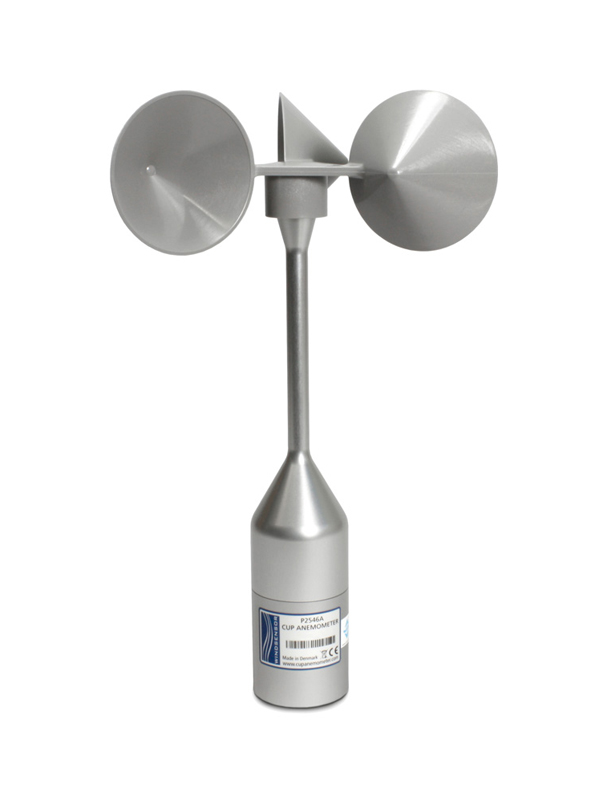

The second case is related to the degradation of anemometers used in the field. No maintenance program was performed on these anemometers. Each one of these three anemometers is stored in its own box between calibrations, the average seasonal variation of the climatic conditions in the calibration lab being around 20–30 ☌, 928–955 hPa, and 18–44% relative humidity. These calibrations are periodically carried out as part of the internal quality procedures at the IDR/UPM Institute. This case was studied with the data from many calibrations performed on three different single individual anemometers. The first one is the degradation of anemometers not used in field and just stored. Two different anemometers’ degradation cases have been studied. Together with the aforementioned considerations, it should also be mentioned that, as common in complex mechanisms, the anemometer’s rotor could have a transitional period of time at the beginning of its service life before reaching its stable working condition. On the other hand, the degradation could also affect the starting speed of the anemometer, that is, as it is longer in service the wind speed necessary to start its rotation could be higher if the friction has increased, and that effect can be translated into an increase of the constant B. The reduction in the rotational speed can be translated into an increase of the constant A value.

On the one hand, this degradation could affect the anemometers’ rotational speed, that is, the anemometers’ capacity to transform energy from wind into rotation of the shaft should be reduced if energy losses increase (friction, for example), or the rotor’s moment of inertia or its aerodynamics are changed by the mass addition of dirt. It is reasonable to assume that once an anemometer is in service, the loss of performance, if it happens, should modify both calibration constants, A and B. It is widely accepted that the relationship between the measured wind speed and the anemometer’s output frequency is linear, that is: It is thereby possible to obtain a relationship between the velocity of the wind flow and the anemometer’s output signal (the control parameter of the output signal normally being its frequency). The calibration method consists of placing it in an incoming flow with a known speed, uniformity and turbulence level, and measuring its output signal at various given wind speeds.

In order to ensure the accuracy of an anemometer it should be recalibrated after being in use some time. The accuracy of the measurements is extremely important for the wind energy industry as the extractable wind power is proportional to the third power of the wind speed. The growth experienced by the wind energy sector has increased and spread their use, but leaving aside the applications related to wind energy it should be said that they are being increasingly used in other fields potentially affected by wind (bridges, big cranes).

Today, there is a massive use of wind speed anemometers by industry.


 0 kommentar(er)
0 kommentar(er)
